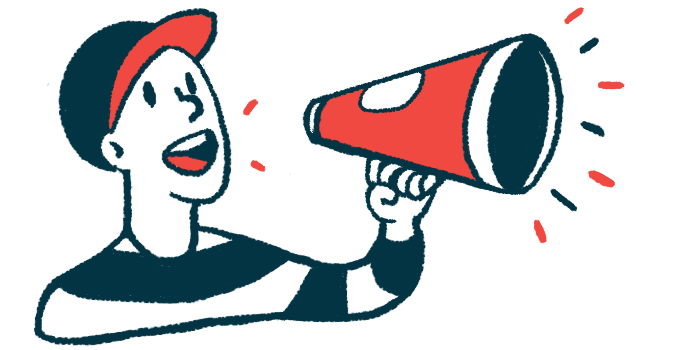CureDuchenne to offer free new virtual resource for DMD caregivers
Caregiver course aims to provide guidance, support after new diagnosis

Covering topics such as mobility equipment and the role of physical therapy, a new, free, online CureDuchenne course seeks to provide guidance and support to Duchenne muscular dystrophy (DMD) caregivers.
Specifically, the virtual CureDuchenne Caregiver Course seeks to help caregivers of those newly diagnosed with DMD — the most common form of muscular dystrophy — and those navigating the first few years following a diagnosis.
The aim of the course is to provide resources and empower each new caregiver with the skills and knowledge needed to provide optimal care and enhance the life quality of each patient.
“We are thrilled to launch this essential resource for caregivers of individuals with Duchenne muscular dystrophy,” Debra Miller, CureDuchenne founder and CEO, said in a press release, adding, “Our mission has always been to improve the lives of those affected by this devastating disease, and the CureDuchenne Caregiver Course is a significant step in that direction.”
The course was created by CureDuchenne physical therapists Jennifer Wallace and Doug Levine. Such therapy is a primary treatment option in DMD and can usually begin immediately following diagnosis.
New caregiver course focuses on PT and physical care for patients
DMD, which more commonly affects males, is characterized by progressive muscle weakness and wasting. The disorder usually first impacts muscles around the hips and upper legs, with other body parts affected as the disease advances.
Children with Duchenne usually show initial signs of the disease around age 2 or 3, with the earliest symptoms commonly including problems standing and climbing stairs, a waddling gait, and frequent falls. Boys with DMD also often miss developmental milestones. By the time they reach their teen years, most patients depend on a wheelchair for mobility.
While there is no cure for DMD, various medications and therapies can help manage symptoms or slow the progression of the disease. Many treatments are specific to the disease type, but among them typically is physical therapy, often simply called PT. PT can take place in a variety of settings, including a clinic, school, or the patient’s home.
CureDuchenne’s physical therapy program is touted as the first PT education program specifically crafted to help people with DMD remain ambulatory longer as well as to delay multiple areas of disease progression.
“We believe that by providing caregivers with the knowledge and tools they need, we can empower them to provide the best possible care and enhance the quality of life for their loved ones,” Miller said.
The course is part of CureDuchenne’s online training program. There are three chapters with a total of 12 lessons:
- One segment is understanding Duchenne, a primer that offers the basics regarding a DMD diagnosis and the causes of muscle damage.
- Practical strategies on energy conservation in one section can help caregivers to minimize damage to their loved one’s muscles and optimize energy levels.
- A standards of care overview, which outlines recommended care practices in Duchenne, can help ensure optimal outcomes for patients.
- “The Role of Physical Therapy for Duchenne” lesson offers insights into the critical role PT can plays in DMD management and explores the differences between school- and clinical-based therapy.
- Covered in a lesson on stretching and appropriate exercise are safe and effective stretching techniques and exercise routines for those with Duchenne, as recommended by experts.
- A mobility equipment section provides guidance on choosing and using aides and devices that may enhance mobility and independence.
The course’s virtual platform permits caregivers to learn at their own pace and revisit information as necessary. While viewing the lessons, a portion of the screen also will display links to any additional resources.
The nonprofit CureDuchenne works to cure Duchenne muscular dystrophy, improve care and empower the DMD community.






